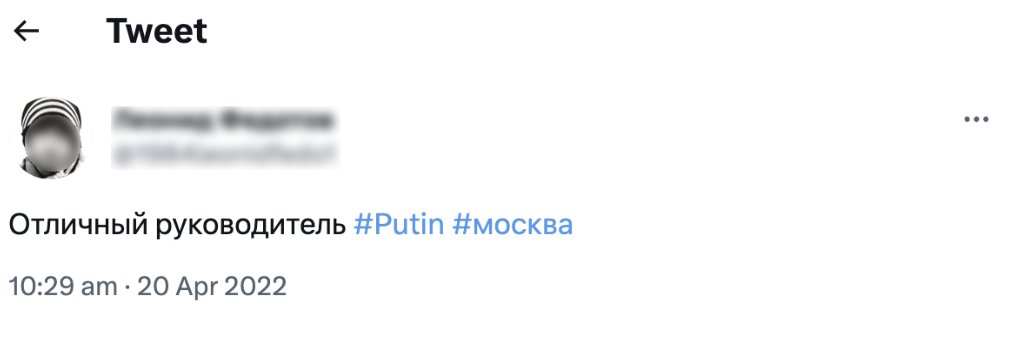The investigative team of the #VulkanFiles was able to identify several hundred Twitter accounts based on the clues in the documents. The investigation of @christo_buschek @flornrnd and Damian Leloup @lemondefr. A Thread.
The leads in the documents are often easy to miss. In one document, we found an Email address. It looks like many others, a first name, last name, a year. Next to it, we see a date.
A Twitter account with the same first name, last name, and year in its profile name tweets on that same date we saw in the documents.
Another example can be found in a screenshot in the documents. We see a profile picture – a young woman, legs crossed, plaid dress, green background, smiling into the camera. 

Several other Twitter accounts also used the same profile picture. Duplicate profile pictures were a strong indicator for us to find further usage of the bot program. 

More and more, we were able to map clusters of accounts. We linked accounts through shared hashtags or profile pictures, mutual followers, or links, which were tweeted. This allowed us to connect many disinformation campaigns with the #VulkanFiles. 

For example, many accounts spread falsehoods about Hillary Clinton during the 2016 presidential campaign.
Several Tweets mention the downing of flight MH17. Several accounts shared multiple websites claiming that Russia had nothing to do with it and that these allegations are part of an “information war.”
Another campaign revolves around a former employee of the German Consulate in Ukraine. The bots shared a link pointing to a forged letter in which the employee urged stronger sanctions against Russia.
This letter was used as proof of an anti-Russian conspiracy. But it gets even weirder: The victory of @ConchitaWurst at the Eurovision Song Contest was presented as a response of the west to the annexation of Crimea.
Shortly after the Ukraine war escalated in 2022, several accounts were reactivated. They tweeted just one sentence:
Отличный руководитель #Putin #москва translated - great leader #Putin #Moscow.
Отличный руководитель #Putin #москва translated - great leader #Putin #Moscow.

• • •
Missing some Tweet in this thread? You can try to
force a refresh

 Read on Twitter
Read on Twitter



